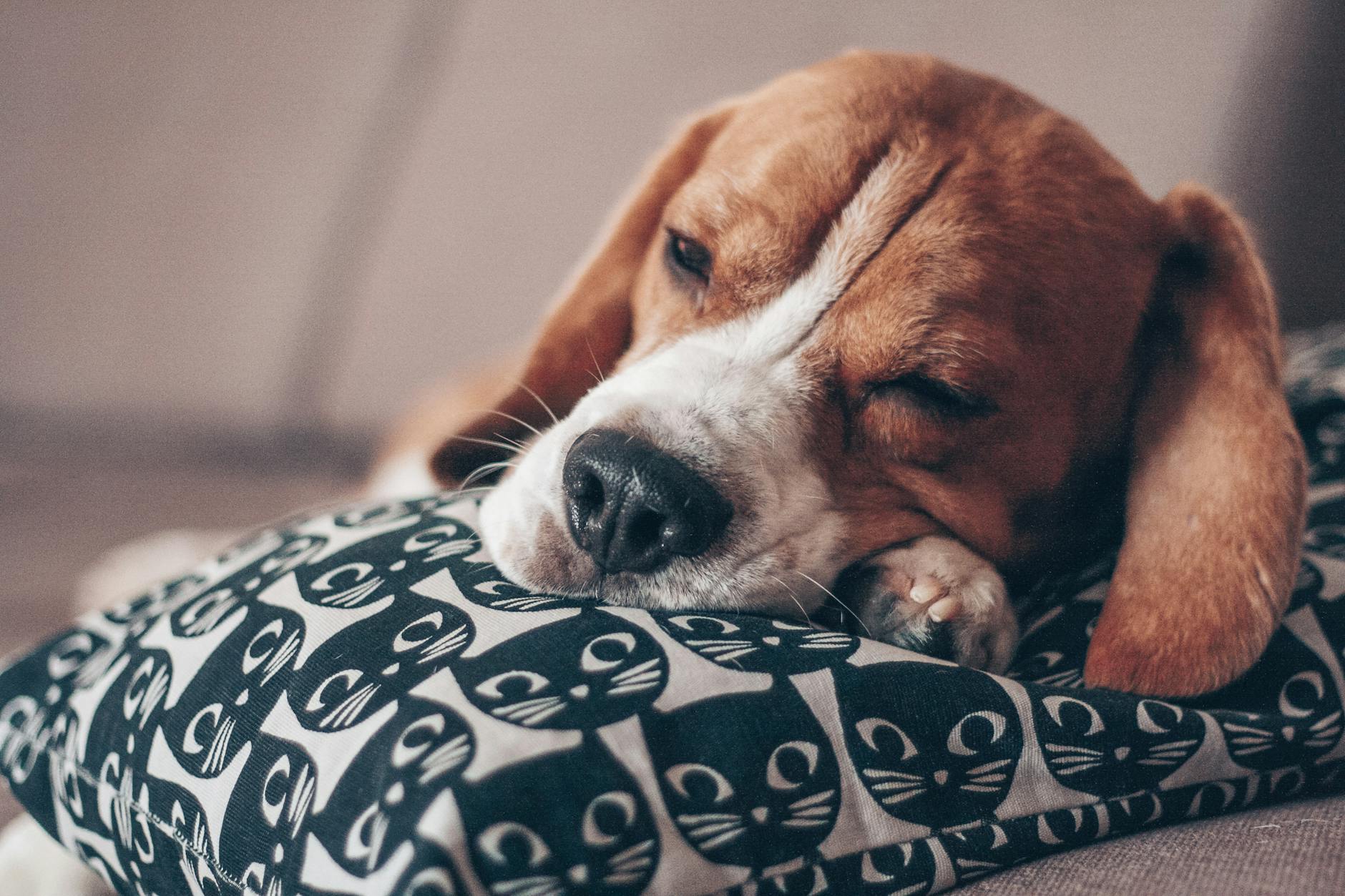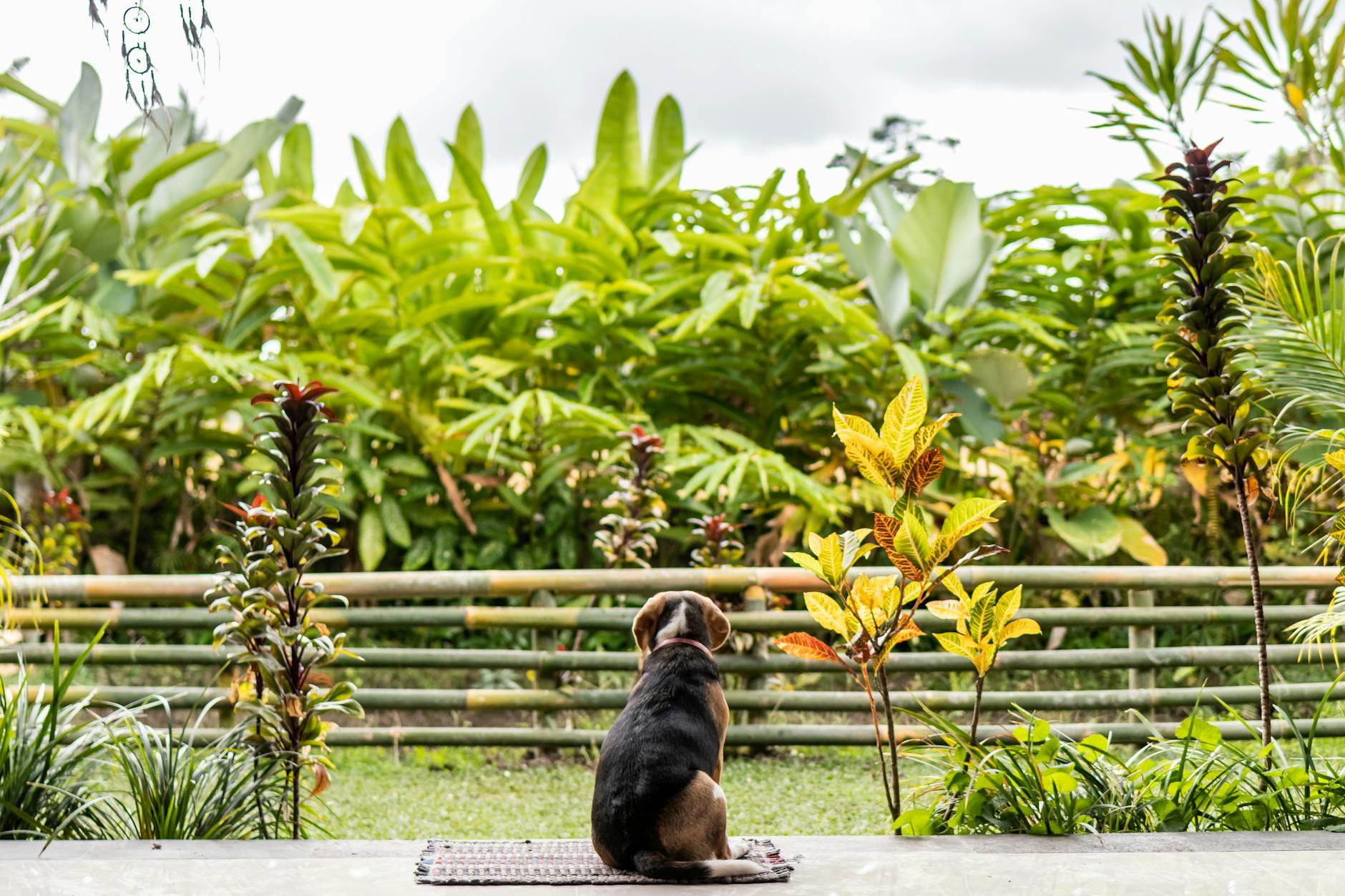Separation issues are a severe condition and go beyond the sometimes mournful whimper as you leave the house, or the torn sock await you upon your return. Also, it’s not quite the same as boredom, and unlike some myth, when your dog is left alone, anxiety over separation creates genuine stress. How do you get rid of separation anxiety in dogs?

The name says everything. Every time you ‘re not there, your dog is anxious, frightened, or nervous. The extent of your dog’s distress can vary, ranging from moderate agitation to severe attacks.
A growing dog is unique, but most furballs are anxious to distinguish by being aggressive or showing physical symptoms. Moreover, it is why people sometimes fail on this dog’s behavioral issue with the lack of adequate training or any medical questions.
Separation Anxiety in Dogs
There are many telltale signs of anxiety about dog separation. Below are symptoms of dog fear, and others may be false positives-signs of multiple dog behavior issues, likely medical or entirely different.
What are the signs of anxiety, and what is just a false alarm is essential to understand? Let’s look closer.
The following is a list of symptoms suggesting concern about separation anxiety in dogs.
Chewing, digging, destroying
Some dogs are reluctant to escape, chew on objects, door frames or window sills, dig indoors and doors or damage household items when left alone or separated. This behavior, like broken teeth, cut and scraped paws, and damaged nails can result in self-injuries. If the chewing, digging, and destruction of a dog is due to separation anxiety, it does not usually take place in the presence of its guard.
Urinate and Defecate
When left alone or separated from their owners, some dogs urinate or defecate. In the presence of his owner, whether a dog urinates or defecates, his house-soiling typically would not result in separation-anxiety.
Barking and Howling
If a dog is left alone or separated from his guardian, it can bark or howl. This form of barking or howling is repetitive and shows nothing but to be left alone.
Coprophage
Some dogs defecate when left alone or separated from their guardians and then consume their excrement or some of it. If your puppy is eating excrement because of anxiety about separation, he probably doesn’t do this in the presence of his guardian.
Escape Issues
You must know that a dog with anxiety about separation can attempt to escape from an area where you confined him when he’s left alone or separated.
Also, the Beagle may try to dig and chew through doors or windows, which can lead to self-injury, such as broken teeth, cutting and scraping of front patterns, and damaging nails. When fear triggers the dog’s escape activity over separation, it doesn’t happen when his guardian is there.
Constant Pacing
Some dogs go a specific route in a set pattern when you leave them alone or separated. Some dogs move in circular patterns while others go in straight lines back and forth. When separation anxiety in dogs the pacing behavior of a dog, it does not usually happen when its guardian is present.
What Causes Separation Anxiety in Dogs?
There is no conclusive evidence that shows why dogs develop anxiety about separation. So how do you get rid of separation anxiety in dogs?
However, since many more dogs from shelters are at risk for this behavior than dogs from a stable family since puppyhood, the loss of a significant person or community in a dog’s life contributes to separation anxiety. Many less drastic changes can cause the disorder as well.
Dogs are social animals and like hanging out and spending time with other dogs and people, especially when they grow up. But, while we may like to be the core of our bag’s universe, it’s not always true.
For some dogs, their bond with their human beings gets so strong that they get incredibly distressed whenever you’re not with them. So, what causes symptoms of high anxiety in dogs? Is your dog obsessed with you?
A life event for you, such as a new job or a beginning, may cause anxiety, but other factors may have laid the groundwork for your dog to behave. Genetics and early history of abandonment are now some of the essential contributors.
Beagles and Their Separation Anxiety

Beagle’s anxiety about separation is a common problem facing many beagle owners. You might notice your beagle bark or hurl for a while when you leave home, but then calm down. It is the smallest problem.
The most disturbing thing is when your beagle will bark and always hurl for hours after leaving your home or even threaten to ruin your house and garden.
The Beagle, initially bred for hunting, has an incredible scent and is part of the hound community. The beagle is a famous dog throughout the globe due to its droopy ears, lovely facial features, and unique expressions. You can recognize beagle in two sizes and three different colors.
The breed is energetic, loyal, and makes every home perfectly complementary. There are all valid reasons why this breed has been a typical family canine companion.
However, one of the most common problems with beagles is separation anxiety. Most beagle owners have probably noticed this at some point.
The fear of the separation will manifest in a variety of ways, each marked by violence if they stay for too long. It involves chewing up shoes or furniture, barking loudly, or marking a boundary in inadequately.
Although this may seem like a significant disadvantage, separation anxiety is a natural element of a Beagle ‘s character. When you leave for hours, there are ways to train and develop beagles more securely.
Notable Signs of Separation Anxiety on Beagle Dogs
There are a few ways to see if the Beagle is suffering or not with separation anxiety. Some signals are subtler than others that you wouldn’t notice how to get rid of separation anxiety in dogs.
In general, prolonged whin is the first symptom of separation anxiety in beagles. Because beagles are extremely smart, they tend to take up your daily rituals quite quickly. Once your Beagles see that you collect your things, put your shoes on and prepare to leave, their anxiety will start to crack steadily.
Beagles are vocal too, and they do not fear to tell you that you are upset to leave them alone. This moaning and whimpering will spread into the blown bark while you’re still there. An anxiety-separating bark is also sharp and noisy in contrast to other barks.
One issue that many beagle owners are grappling with is that this bark will last for many hours after they leave, when the beagles are all alone, which can put a strain on your relationship with your neighbors or landlord.
In addition to the signs, you can hear, another indication of anxiety about separation is excessive pace. If your Beagle knows that you are leaving, they may not be able to stay still.
You will begin to move around the building, and your actions and your tail will be evident that it is not a matter of excitement. It is rather a matter of general concern. It can last for hours before you leave and can lead other beagle owners to leave throughout the day.
How to Get Rid of Separation Anxiety in Dogs

Thankfully, when you go home, there are a variety of simple ways you can make your Beagle feel less nervous. Several of the simple approaches to get rid of separation anxiety in dogs are below.
1. Adjust your routine.
The best way to start e your morning routine. You can note that your Beagle begins to act oddly when your alarm starts in the morning. It is because the sound of your bell can be a sign of you leaving. You can help your Beagle improve this by waking up early and having breakfast at various times.
It is small growth that will help to lift the fear of your beagles.
2. Set the right atmosphere.
Beagles who struggle for separation frequently lose because they have the entire house for themselves. There is just so much space to walk around in which feelings of loneliness sometimes increase.
Moreover, they can destroy too many things. And, of course, this isn’t a good environment for housebreaking puppies.
Holding them in an area too small can also cause tension. They may have increased claustrophobia during stress, and a Beagle would have wanted to rest once will exasperate the issue because it will make him feel too cramped while you’re gone.
3. Don’t augment it.
If you pay attention to your Beagle before you leave or when you come home, you can only reinforce their fear about separation.
The best way to avoid your Beagle separation anxiety is to break the contact between you and return to your attention. It may seem harsh, but in the long run, it will help!
Don’t pat your Beagle before you leave your house. Don’t give in. It does not matter how bad you feel when you look at it with these cute Bambi eyes and lovely floppy paws. And don’t pat your Beagle for 10 – 15 minutes when you get home. You ‘re going to help your Beagle in the long term.
You should put their food in Kong’s and other leisure toys instead of in a dish; your Beagle can stay occupied when he’s hungry rather than eating quickly. Without a preference, the best food in your Beagle is a combination of creamy, all-natural peanut butter and dry kibble.
4. You’re going to want your Beagle to have a good bed.
If your Beagle has access to a favorite chair in his gated region, it will be perfect. However, it’s not good if it’s on the floor or has a supporting surface. Canine beds are vital for providing the right support to avoid back and hip problems. They also give a dog the feeling of a ‘home’ which can relax when alone.
5. Build it up.
If your Beagle shows signs that you’re concerned when you get out of the door, leave the house for short periods. Leave for a couple of seconds and return then.
You can resolve the Beagle’s separation anxiety by adjusting your pets’ perceptions of how long you are gone. Also, it happens when you go home. They will become less nervous every time they see you come back. It allows you to leave each time for longer and longer periods.
Other Options
Other options include hiring a dog walker or asking for this from a friend, neighbor, or family member. You never know until you ask. Often a good child of a neighbor will enjoy walking your Beagle for a small fee, and retirees will save others the chance to be required.
Another choice is to look at daycare for doggies. An excellent facility divides dogs by size. It provides your Beagle with a friendly environment where he can play and care, which alleviates all stressors.
Final Words
You cannot solve separation anxiety without a professional’s support at some times. Extreme cases also need medicine, so it is an excellent measure to consult a veterinarian. That is how to get rid of separation anxiety in dogs.
Even if your dog is not concerned about separation, a monitor will help to rule out medical reasons for aggressive actions. Your veterinarian may have some helpful advice on handling the condition of your dog.


